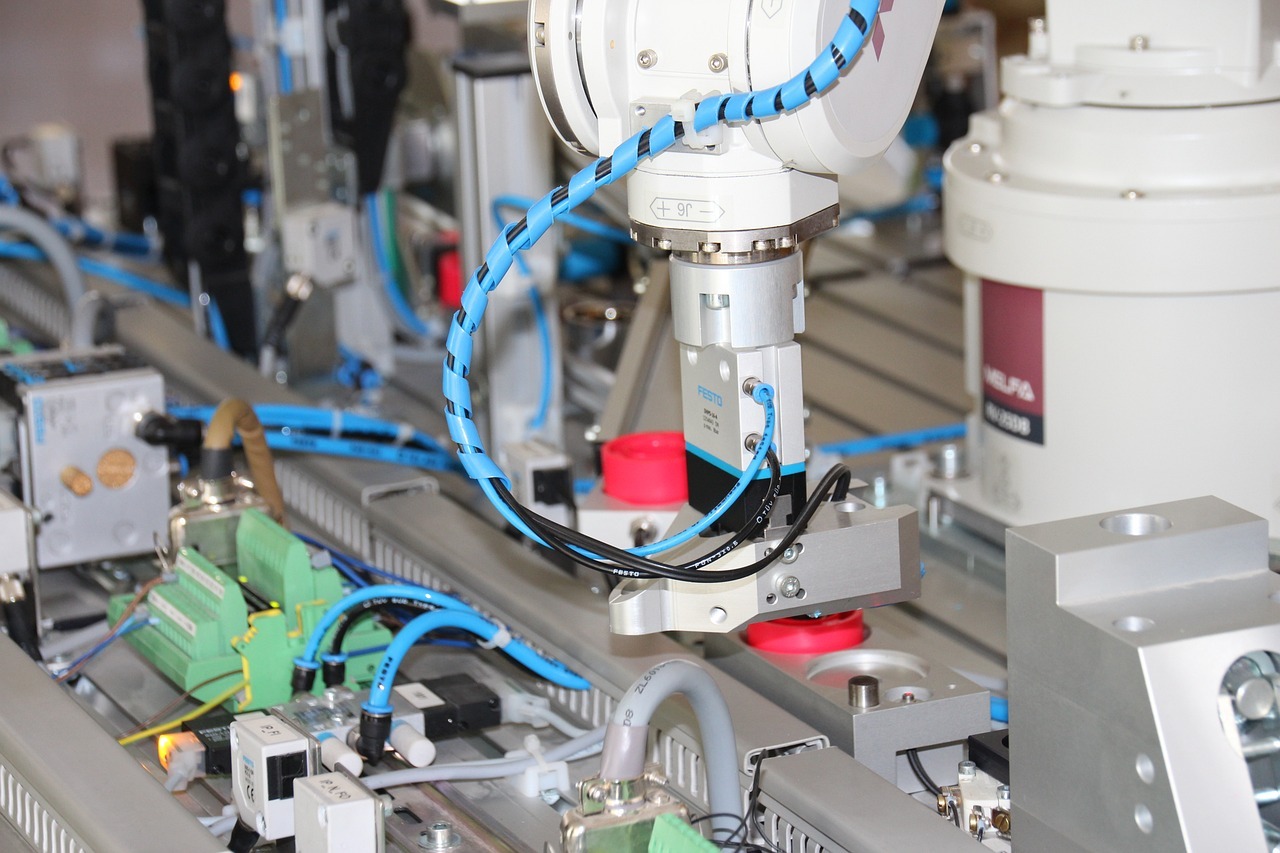The injection molding process is a versatile and precise tool for producing plastic parts in a range of industries. It’s relatively fast, extremely repeatable, and can be used to create products with complex features that are difficult or impossible to make using other methods.
In order to obtain consistently high-quality results from the production line, however, it is important to understand how temperature, pressure, and speed all play an important role in controlling the injection molding process parameters.
By ensuring these three factors are kept within specific ranges at all times during the procedure you can ensure your parts come out as expected every time.
In this blog we will break down each factor individually so you can better appreciate their influence on injection-molded components and gain greater in-depth knowledge about what goes into successful part creation.
What is Injection Molding and its Benefits
Injection molding is a widely used manufacturing process that involves injecting a molten material into a mold cavity to create a desired shape. The process can be used with a wide range of materials, including plastics, metals, and ceramics, and is ideal for producing high volumes of parts quickly and efficiently.
Injection molding offers numerous benefits, including high accuracy and repeatability, minimal waste, reduced labor costs, and the ability to produce complex shapes easily. Whether you need to create small or large parts, injection molding can provide a reliable and cost-effective solution for your manufacturing needs.
Understanding the Basics of Temperature, Pressure, and Speed Control Parameters
In industrial control systems, there are several crucial parameters that engineers must consider to ensure efficient and safe operation. Among these parameters are temperature, pressure, and speed control.
Understanding the basics of these parameters is essential for troubleshooting and optimizing the performance of industrial processes. Temperature control systems help maintain the desired temperature of a given process, while pressure control systems help regulate the pressure of a fluid or gas.
On the other hand, speed control involves controlling the rate of motion of machinery to ensure that it operates with precision and accuracy. Engineers can ensure that their systems operate efficiently, reliably, and safely by mastering these control parameters.
Exploring Temperature Control in Injection Molding Processes
Injection molding is a manufacturing process utilized to create complex and intricate components for various industries, including automotive, electronics, and medical devices. Temperature is a crucial factor that affects the quality and consistency of molded products.
Controlling and adjusting the temperature during the process can significantly impact the final product’s properties and characteristics. This topic explores temperature control in injection molding processes, including the different types of injection molding machines, heating and cooling elements, and the methods used to monitor and regulate temperature.
Understanding and optimizing temperature control can help manufacturers achieve greater efficiency, reduce waste, and produce high-quality products that meet the desired specifications.
Investigating Pressure Control in Injection Molding Processes
As the manufacturing industry continues to evolve, the importance of efficient and precise production processes becomes increasingly apparent. Injection molding is a widely used technique in this field, but it can present significant challenges when it comes to maintaining the necessary pressure levels.
This is where pressure control becomes critical to ensure that finished products meet the desired specifications.
As researchers continue to delve deeper into this topic, the possibilities for streamlining production and improving overall efficiency are endless.
Examining Speed Control in Injection Molding Processes
The world of injection molding is constantly evolving, and with it comes the need for precision and speed. The speed at which a product is produced can make a significant difference in the success of a business.
Examining the speed control in injection molding processes is crucial to understanding the intricacies of the manufacturing process.
Speed control plays a critical role in ensuring consistent high-quality parts are produced, which impacts not only a company’s bottom line, but also customer satisfaction.
Tips for Achieving Optimal Performance with the Right Parameters
When it comes to achieving optimal performance, several factors come into play. One of the most important factors is using the right parameters. These parameters include things like CPU usage, memory allocation, and network bandwidth
The key to setting up the right parameters is understanding what each one does and how it affects your system’s performance.
Once you understand this, you can tweak the settings to find the optimal balance between performance and stability.
In sum, injection molding is a complex process that requires careful consideration of all parameters including temperature, pressure and speed.
Finally, a few tips can be applied to guarantee the right parameters are achieved every time based on the type of product or part being created. Ultimately with these considerations in mind, injection molders will be able to create an effective final product without any issues.

